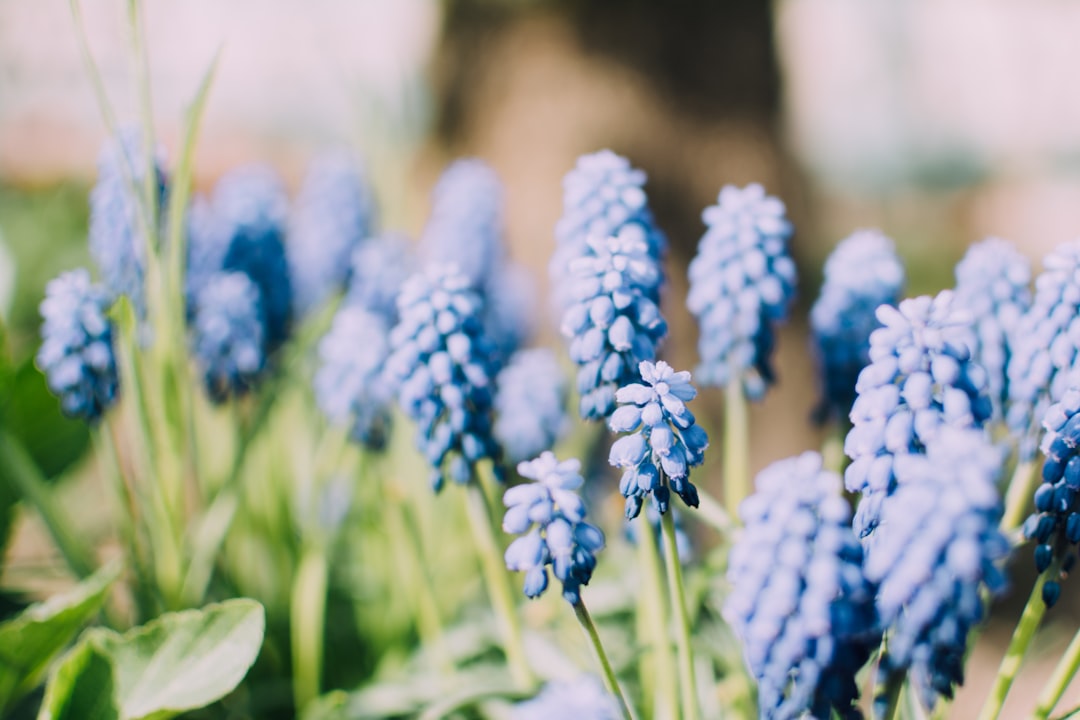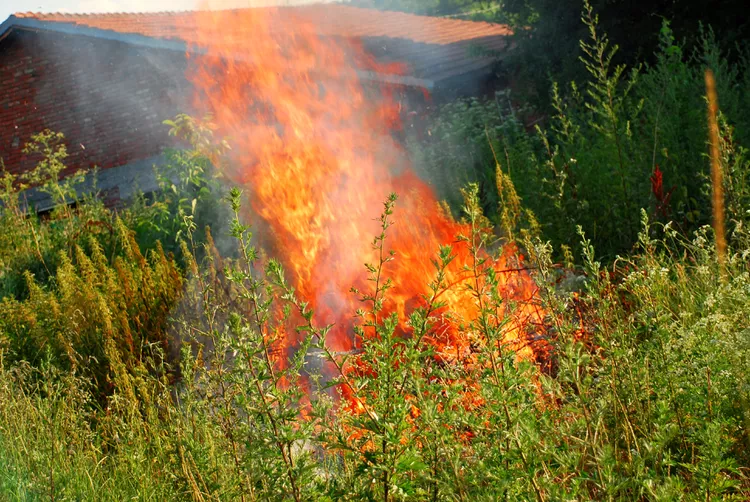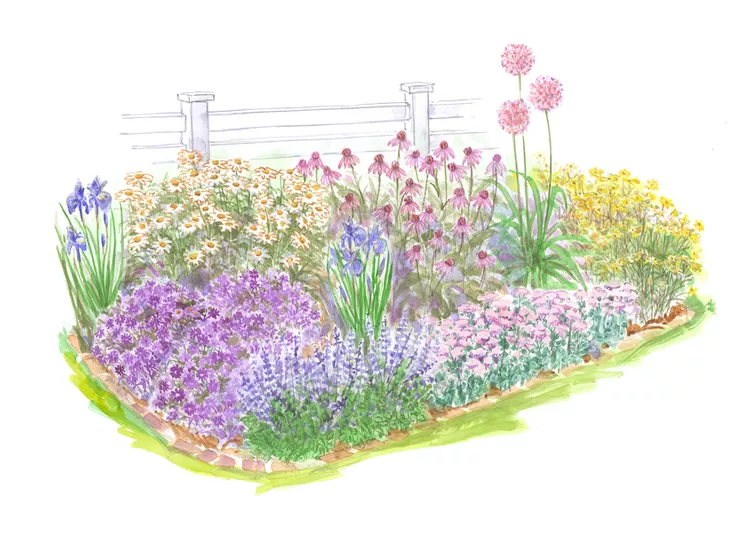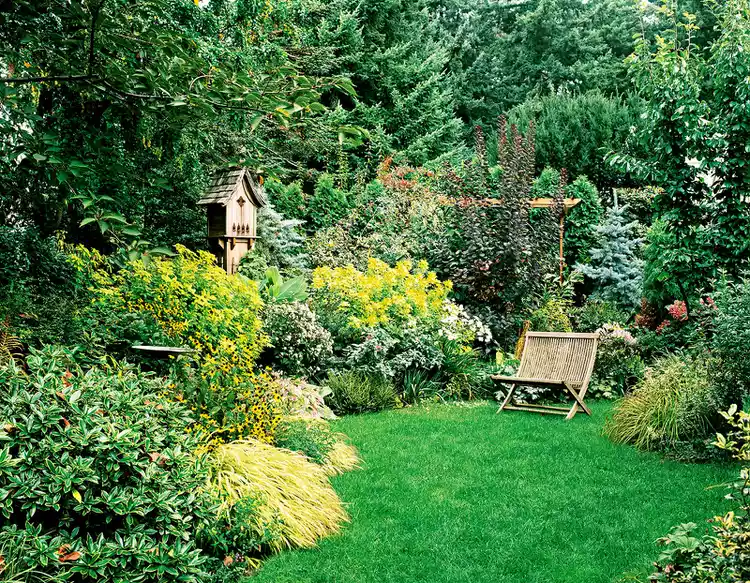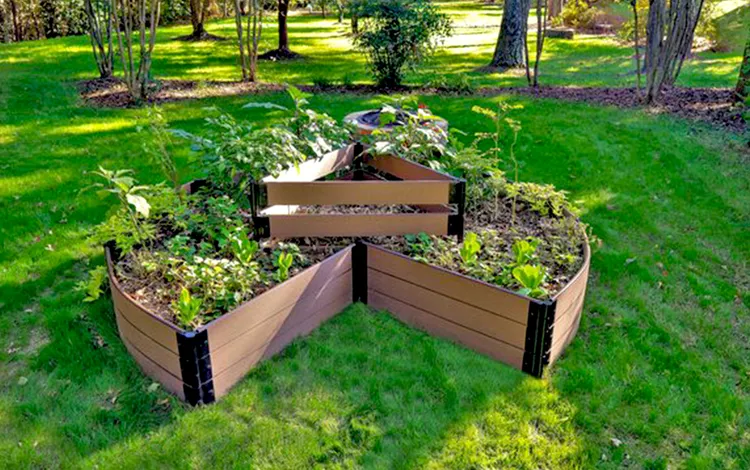In the realm of gardening, there exists a remarkable group of plants that often goes under - appreciated but holds great potential for transforming any outdoor space. Most buckthorn varieties are among these hidden gems. These are easy - to - grow shrubs that bring a unique charm and functionality to gardens.
One of the most striking features of buckthorn shrubs is their dense habit. This density makes them an excellent choice for creating natural barriers or hedges. Whether you're looking to add a bit of privacy to your backyard or define the boundaries of your garden, buckthorn can do the job effectively. The closely packed branches form a thick wall that not only blocks the view but also provides a habitat for small birds and insects. These creatures find shelter within the dense foliage, adding to the biodiversity of your garden.
The lustrous, dark - green foliage of buckthorn is another aspect that makes it a standout in the garden. The leaves have a smooth, shiny surface that catches the sunlight, creating a beautiful visual effect. In the spring and summer, this foliage provides a lush backdrop for other flowering plants. You can plant colorful annuals or perennials in front of the buckthorn shrubs to create a vibrant and eye - catching display. The contrast between the bright flowers and the deep green leaves is truly captivating.
When it comes to the ease of growing buckthorn, it is a gardener's dream. These shrubs are relatively low - maintenance and can tolerate a wide range of soil conditions. They can thrive in both acidic and alkaline soils, as long as the soil is well - drained. Buckthorn also has a good tolerance for drought once it is established. This means that you don't have to worry about watering it constantly, especially during dry spells. It can adapt to different levels of sunlight as well, although it generally prefers partial to full sun.
Propagation of buckthorn is also quite straightforward. You can grow them from seeds or cuttings. If you choose to grow from seeds, it's best to collect them in the fall when they are ripe. Soak the seeds in water for a few hours before planting them in a seed - starting mix. Keep the soil moist and warm, and you should see seedlings emerging in a few weeks. Cuttings, on the other hand, can be taken in the spring or summer. Select a healthy branch, cut it at an angle, and remove the lower leaves. Dip the cut end in rooting hormone and plant it in a pot filled with a well - draining soil mix. With proper care, the cutting will develop roots and grow into a new shrub.
There are several different varieties of buckthorn, each with its own unique characteristics. Some varieties are more compact, making them suitable for small gardens or container planting. Others can grow taller and wider, creating a more substantial presence in the landscape. For example, the common buckthorn (Rhamnus cathartica) is a well - known species that can reach heights of up to 20 feet. It has small, greenish - yellow flowers in the spring, followed by black berries in the fall. These berries are not only attractive but also provide food for birds.
However, it's important to note that in some areas, certain buckthorn species are considered invasive. Before planting buckthorn in your garden, it's crucial to check with your local agricultural extension office to ensure that you are choosing a non - invasive variety. This will help prevent any negative impacts on the local ecosystem.
In conclusion, buckthorn shrubs offer a wonderful combination of beauty, functionality, and ease of growth. Their dense habit, lustrous foliage, and adaptability make them a valuable addition to any garden. Whether you're a novice gardener or an experienced horticulturist, you'll find that buckthorn can bring a touch of nature's elegance to your outdoor space. So, consider adding these remarkable shrubs to your garden and enjoy the many benefits they have to offer.






